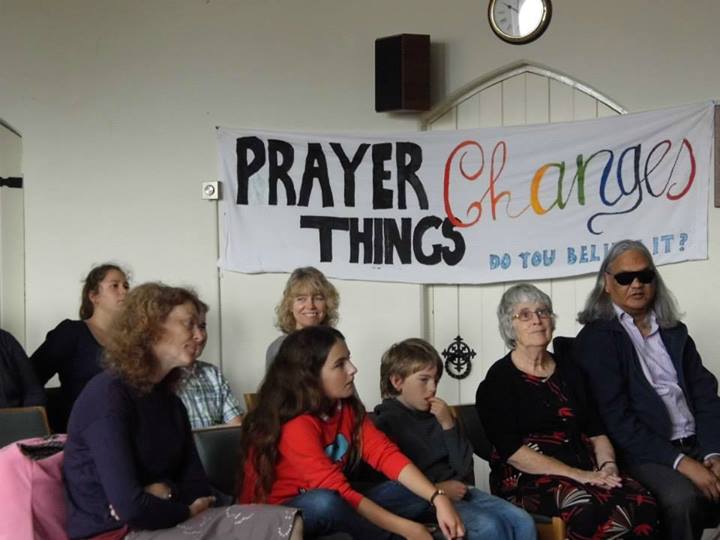For years, choreologist Marcus Ampe also tried to convince people during his teaching practice as a therapist that it was bad to exercise excessively and shortchange the body. He is still convinced that one should exercise well-balanced regularly, instead of going out of control now and then, or once a week and then overloading the body.

Photo by Daniel Reche on Pexels.com
The last few years, what he taught is more confirmed by medical magazines. A new study, published in the monthly peer-reviewed medical journal Nature Medicine, indicates that truly tiny quantities of commonplace activity can have a serious impact on your health, if done with a little added oomph.
Marcus Ampe also believes that one should train or exercise both body and mind and balance them with one’s personality. As such, it is already good exercise to have a daily walk in nature. Daily, we in a sort of way should consider how we move, sitting straight, walking straight, and breathing calmly. At the same time, we should consider how we want to see ourselves and how we orient and describe ourselves in the world. It is not bad to have our thoughts wander when walking.

Photo by Laura Tancredi on Pexels.com
Mr Ampe is convinced our world is going to face a big problem with the younger generations because they have become a sitting society where youngsters eat too many damaging foods. He fears that these overweight youngsters will later cost our community a lot of money by suffering from all kinds of diseases of affluence, such as chronic non-communicable diseases (NCDs) including Parkinson’s disease, autoimmune diseases, strokes, most heart diseases, most cancers, diabetes, chronic kidney disease, osteoarthritis, osteoporosis, cataracts, Alzheimer’s disease and others. Every year about 2.8 million die from being overweight. High cholesterol accounts for roughly 2.6 million deaths and 7.5 million die because of high blood pressure. An increasing proportion (more than one-third by some estimates) of the U.S. population is currently overweight, and health problems associated with it are increasing.

Photo by Ketut Subiyanto on Pexels.com
Mr Ampe is convinced that even small reductions in excess weight can improve health. Even though it takes a lot of time and energy to lose a few kilocalories, you can steadily work on ‘bodybuilding’ by walking or jogging regularly and doing a variety of physical exercises throughout the day, where even climbing stairs can help.
Today more scientists are convinced that leisure-time exercise, like gyms, running, or competitive sports have many health benefits. For professor Emmanuel Stamatakis this was good reason to examine 25,000 people in the UK, aged between 40 and 69, who don’t exercise – or, at least, don’t think that they do. For a medical study, led by a team at the University of Sydney, they wore activity trackers on their wrists, and were then monitored for almost seven years.
The NHS recommends that adults do at least 150 minutes of moderate activity (a couple of doubles tennis matches, say), or 75 minutes of vigorous activity (one-and-a-bit aerobics classes) every week to reduce our risk of heart disease or stroke. But, says Stamatakis,
“we understand less about the health potential of those activities that are done as part of daily living and which often reach vigorous intensity… stair climbing, bursts of very fast walking, walking uphill, walking carrying backpack or shopping bags, vigorous domestic housework or gardening.”
For some the results of the study were surprising.

Photo by Polina Tankilevitch on Pexels.com
Engaging in just three to four bouts of VILPA (vigorous intermittent lifestyle physical activity) a day, even if each bout lasted only for between one and two minutes, was associated with a nearly 40 per cent reduction in overall mortality risk (including from cancer) and nearly a 50 per cent reduction in cardiovascular disease related deaths. Most interesting of all, says Stamatakis, is this:
“there is a good chance that participants in this study did not even know that they were doing vigorous intensity physical activity.”

Photo by Ketut Subiyanto on Pexels.com
Ultimately, the outcome of this study should convince doctors, but also ordinary citizens, to start paying more attention to what such normal daily activities may be. During the day, this way everyone can easily build certain ‘exercises’ into their routine, taking the stairs instead of the lift, for example. So one doesn’t need to throw a lot of money against an exercise session. If one looks around, one can find plenty of opportunities to exercise the body.
“Many day-to-day activities can be converted to a VILPA burst, just by tweaking its intensity,”
says Stamatakis. In other words:
“do it in a more energetic and vigorous way.”
How to tell if you’ve stepped up the pace with sufficient intensity?
“The first sign is getting out of breath, followed by an increase in heart rate, both of which should be felt after about 15-30 seconds, depending on the person’s fitness level and whether the starting point is rest, light, or moderate-intensity activity.”
says Stamatakis. If you can still sing, your activity is light in intensity, he says. Able to speak? You’ve hit moderate intensity.
“When we can hardly speak a few words, we are hitting the vigorous intensity zone,”
he says.
“This is high quality movement, with great health enhancing potential if repeated regularly.”
If that sounds like your kind of exercise regime, then read on.
The two-minute workouts that could add years to your life: From climbing stairs to running for a bus, research suggests short bursts of activity can have long-lasting health benefits
Incorporate these small changes into your daily routine – without feeling like it’s a struggle: 10 health resolutions to start now
> With a little creative thinking, you can still have your Christmas cake and eat it this festive season: How to avoid Christmas weight gain – and still indulge






















































